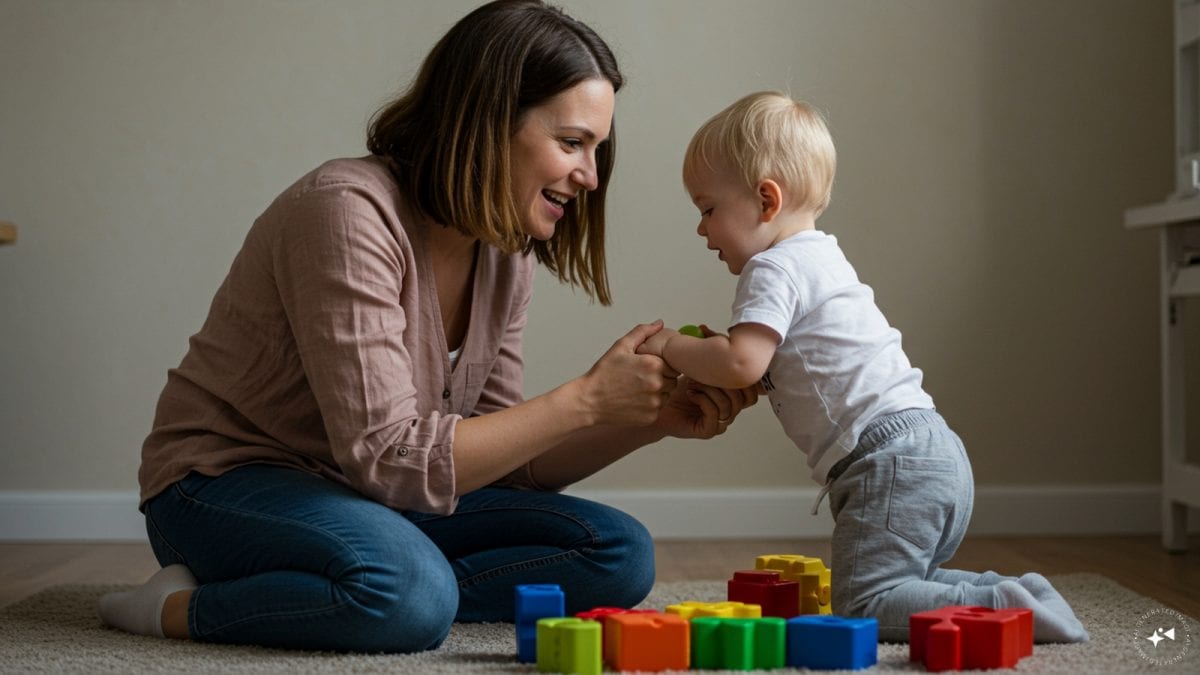Last Updated:
When a kids playroom is not planned functionally, it can turn into a mess. However, a well-organized playroom structure interests the children and boosts their productivity.

Incorporate natural textures and calming elements for sensory balance.
Designing a playroom goes far beyond filling a room with toys. A thoughtfully designed space can nurture creativity, fuel imagination, and promote sensory growth. When neglected, however, playrooms can quickly turn into chaotic, overwhelming zones that stifle rather than stimulate children’s development.
“A playroom is not merely a room with toys inside; it is a medium that the children use to construct learning, imagination, and sensory growth,” says Alok Kumar, Founder & CEO, Woot Hoot. He explains that structure and functionality are crucial in designing a playroom that engages children without overwhelming their senses.
Purposeful Zoning for Easy Flow
One of the most effective ways to structure a playroom is to create clearly defined zones for different activities, such as art, reading, building, or imaginative drama. This allows children to transition smoothly from one activity to another while staying focused. For instance, a craft table placed beside an organised closet of art supplies encourages creativity without clutter.
Similarly, cosy plush toys in a reading nook invite children to enjoy books while also fostering sensory comfort. Purposeful zoning not only enhances engagement but also makes tidying up faster and simpler for both parents and children.
Open-Ended Materials to Spark Creativity
When it comes to toys, less is often more. Choosing open-ended materials like stacking rings, textured sensory blocks, or versatile pretend-play sets reduces clutter and maximises engagement. “By serving several purposes, these toys naturally reduce clutter and limit the need for excess,” Kumar notes. Such resources encourage imagination, problem-solving, and independent thinking by helping children learn while keeping the space manageable.
Nature-Inspired Sensory Balance
Introducing natural textures and calming design elements can balance a child’s sensory experience. Wicker baskets, cotton rugs, and sustainable craft tools add tactile diversity while also being safe and eco-friendly. Indoor plants or nature-themed wall art enhance the playroom’s visual appeal, while neutral palettes with pops of colour create a soothing yet stimulating environment. Kumar emphasises that sensory-friendly design should inspire curiosity without building any baggage in the senses of children.
A well-planned playroom is more than storage and toys. It’s an investment in your child’s development. By combining purposeful zoning, clutter-free organisation, open-ended play materials, and natural design, parents can create a space that encourages creativity, learning, and joy. A clutter-free, sensory-rich playroom not only nurtures young imaginations but also supports lifelong learning skills.
view comments
- Location :
Delhi, India, India







